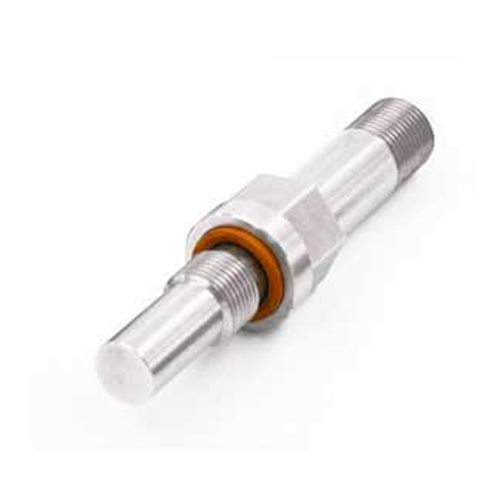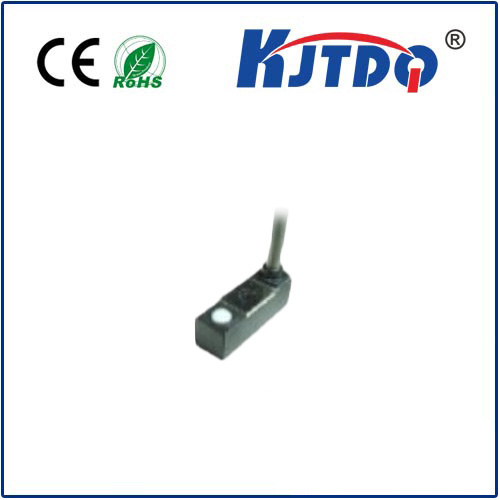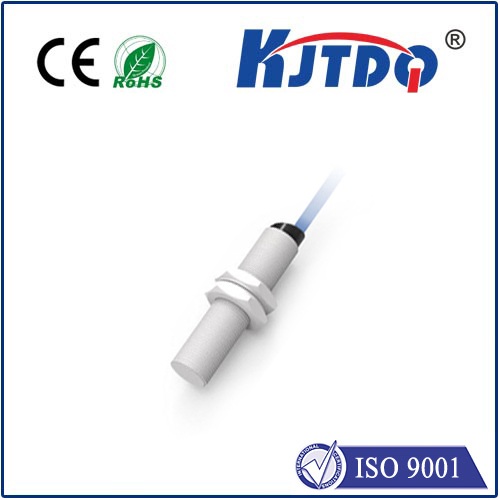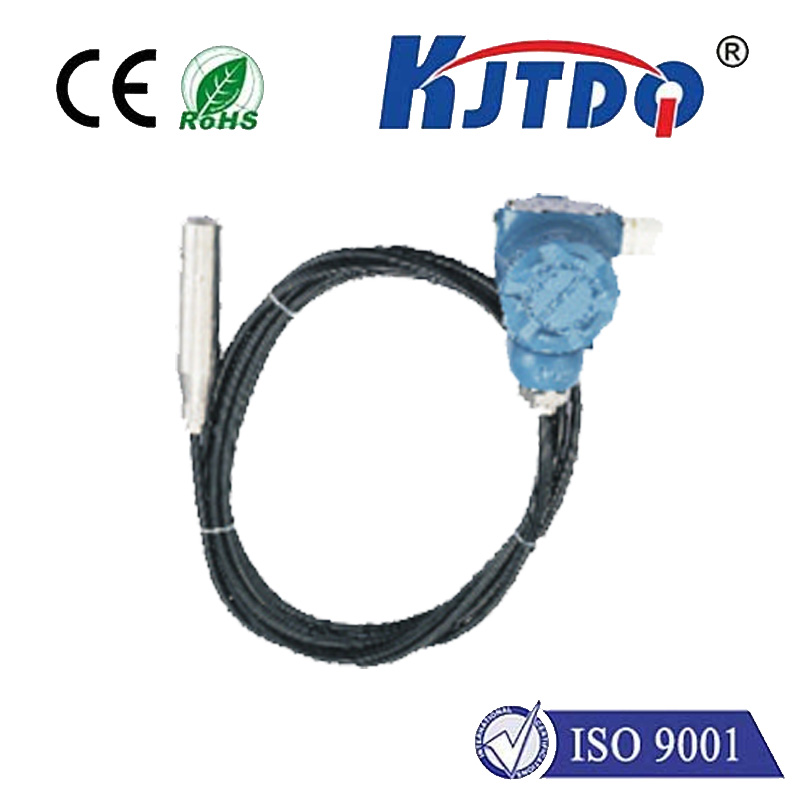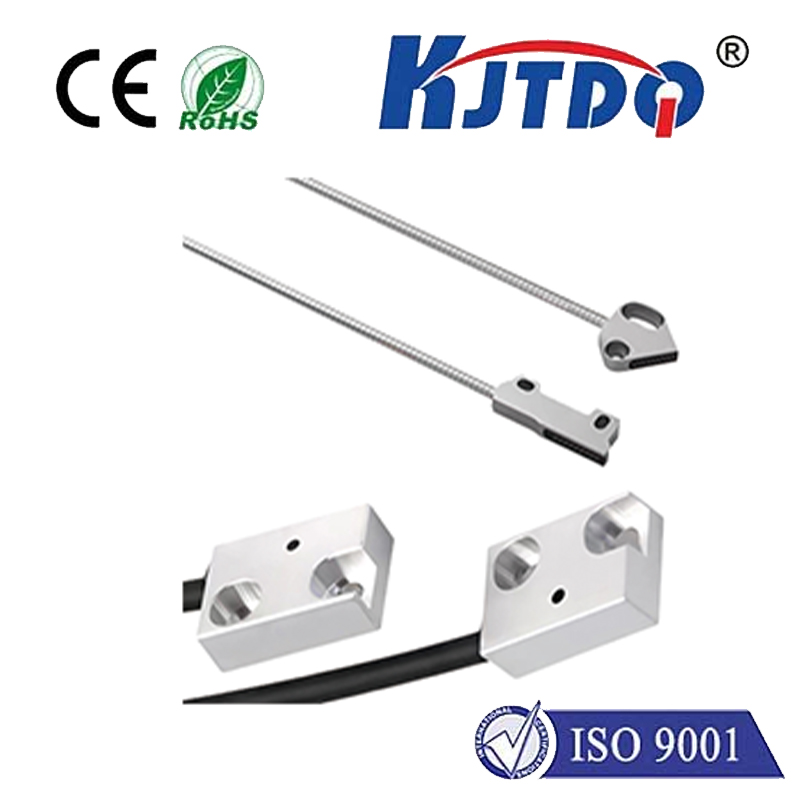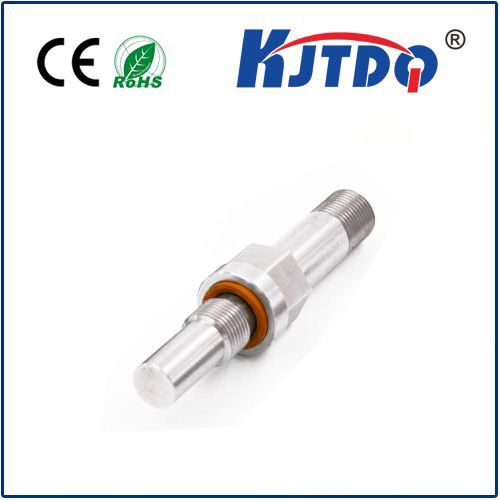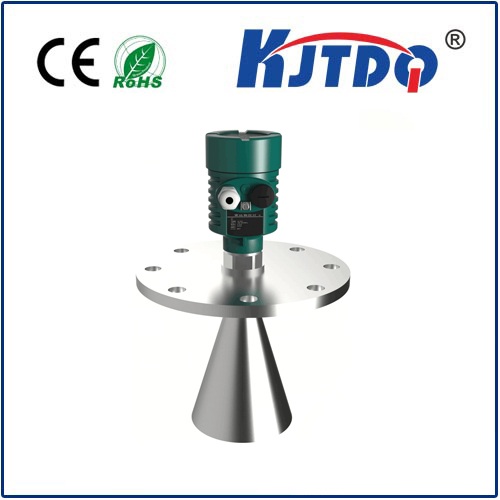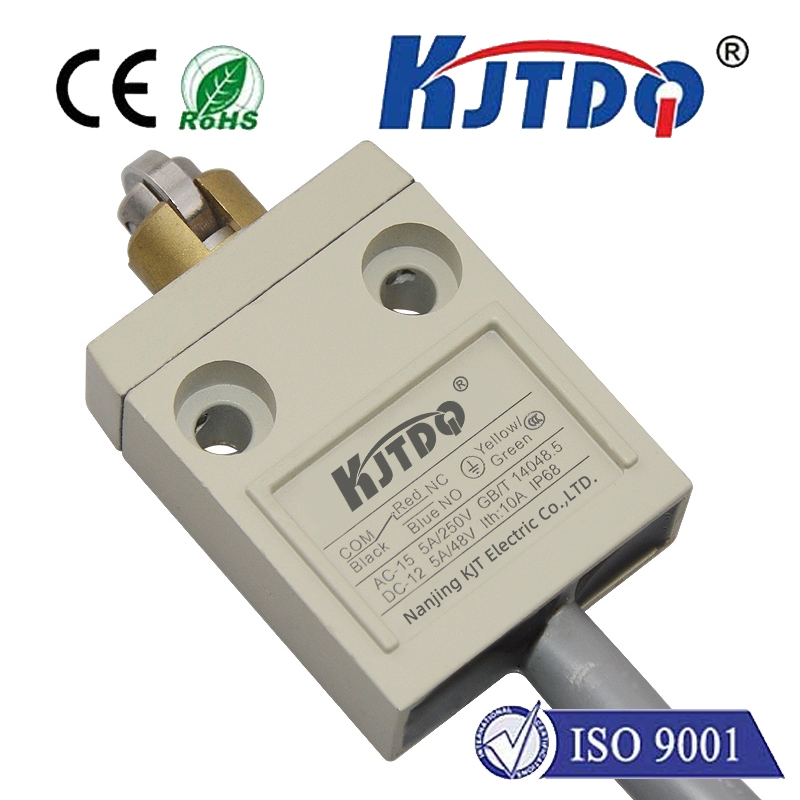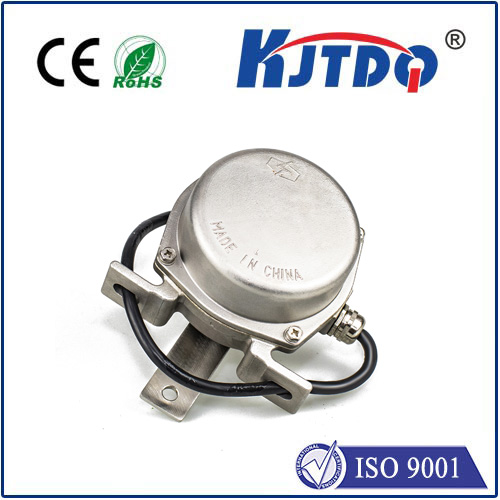linear limit switch
- time:2025-07-30 14:51:41
- Click:0
Linear Limit Switches: Precision Position Sensing for Industrial Automation
Why the Humble Linear Limit Switch Remains an Automation Cornerstone
In the intricate dance of modern industrial machinery, knowing precisely where a component is located is not just convenient—it’s critical. Safety, process control, sequencing, and efficiency hinge on accurate position feedback. While advanced sensors proliferate, one electromechanical workhorse continues to prove its indispensable value: the linear limit switch. This robust and reliable device offers a straightforward, cost-effective solution for detecting the end-of-travel or specific positions within linear motion systems. Its enduring presence speaks volumes about its practicality and effectiveness.
Understanding the Core Function: Simplicity Meets Reliability
At its essence, a linear limit switch is an electromechanical device designed to detect the presence or absence of an object travelling in a straight line. Its operation is beautifully simple: a moving machine component (like a carriage, actuator rod, or gate) physically contacts a lever, plunger, or roller arm protruding from the switch body. This mechanical force causes the internal mechanism—typically spring-loaded snap-action contacts—to change state. An electrical circuit within the switch is either opened or closed, sending a clear signal to the machine’s control system: “Position Reached.”

This direct mechanical action is key to its reliability. There are no complex optics to misalign, no magnetic fields to interfere with, and no calibration drift over time (within its mechanical tolerances). If something moves and hits the actuator, the switch will activate, provided it’s within its operational limits. This inherent ruggedness makes linear limit switches ideal for harsh industrial environments characterized by vibration, dust, moisture, and temperature extremes where more delicate sensors might falter.
Design Variations: Tailored for Diverse Applications
Linear limit switches aren’t one-size-fits-all. Manufacturers offer a wide array of designs to suit specific mounting constraints, actuation forces, environmental challenges, and required electrical ratings:
- Actuator Type: This is the primary differentiator.
- Plunger (Push Rod): Ideal for precise, direct straight-line actuation. Requires direct, axial force.
- Roller Lever: Features a rotating roller at the end of an arm, reducing friction and wear when contacted by moving cams or edges at an angle. Adjustable levers offer flexibility in positioning and pre-travel distance.
- Flexible Rod (Wobble Stick): A spring-like rod that can be deflected from any direction, useful in applications with unpredictable approach paths or for area guarding.
- Rotary Lever: While detecting linear position, a rotating arm actuator provides different leverage characteristics.
- Electrical Switching Configurations: Options include Normally Open (NO), Normally Closed (NC), or combinations (SPDT, DPDT).
- Environmental Protection: IP ratings (Ingress Protection) are crucial. Sealed switches (e.g., IP65, IP67, IP69K) prevent dust and water ingress, essential for washdown environments or outdoor use.
- Electrical Ratings: Must match the load (voltage, current - AC or DC) they are controlling (e.g., motors, solenoids, PLC inputs). Higher current models are available for directly switching loads.
- Housing Material: Robust materials like heavy-duty thermoplastics, stainless steel, or anodized aluminum are used for durability and corrosion resistance.
- Mounting Options: Diverse brackets and mounting holes allow for secure and adaptable installation onto machine frames or linear guides.
Where Linear Limit Switches Shine: Key Applications
The linear limit switch finds its niche wherever reliable detection of linear end positions or intermediate points is required:
- Material Handling & Conveyors: Detecting the end-of-travel for trolleys, hoists, pallet lifts, and shuttle systems. Initiating stops, reversing direction, or confirming loading/unloading positions on conveyors.
- Machine Tools: Defining safe travel limits for milling tables, lathe slides, grinders, and presses. Preventing over-travel that could damage expensive machinery or tooling. Monitoring clamp or fixture positions.
- Valve & Damper Control: Verifying the fully open or fully closed position of large linear actuators controlling valves and dampers in process industries (chemical, water treatment, HVAC).
- Packaging Machinery: Precisely positioning cartons, bottles, or product carriers during filling, capping, labeling, and case packing sequences.
- Automated Gates & Barriers: Ensuring gates reach their fully closed (secure) or fully open position safely.
- Agricultural & Construction Equipment: Protecting hydraulic cylinders on loaders, excavators, and harvesters from over-extension or over-retraction.
- Robotics: Providing end-of-arm tooling position feedback or defining safe robot envelope limits on simpler systems.
Critical Selection Considerations: Beyond the Basics
Choosing the right linear limit switch goes beyond just finding one that fits the space. Key factors ensure longevity and reliable performance:
- Operating Environment: Is it dirty, wet, oily, explosive (requiring ATEX/IECEx certification), high-temperature, or corrosive? IP ratings and housing materials are paramount.
- Actuation Force & Travel: The moving part must reliably overcome the switch’s operating force. Pre-travel (distance actuator moves before switching) and over-travel (safe distance actuator can move beyond the operating point) must be compatible with the machine’s kinematics.
- Repeatability: How consistently will the switch activate at the exact same position every time? High-precision applications demand low repeatability error.
- Electrical Load: Will it directly control a motor/solenoid (high power), or signal a PLC input (low power)? Match the electrical ratings precisely.
- Mounting & Adjustment: Ensure the mounting location is rigid and allows for precise alignment and potential fine-tuning of the actuator position.
- Mechanical Life Expectancy: Rated in millions of cycles. Choose based on the application’s duty cycle – continuous high-speed operation demands a higher mechanical life rating than an infrequently used safety gate.
- Safety Criticality: Is the switch part of a safety circuit (e.g., E-stop, guard door)? It must be a positively guided contact (EN 60947-5-1) design to prevent contact welding and ensure failsafe operation. Standard switches cannot be used in safety circuits.
The Enduring Advantage in a Digital Age
Despite the proliferation of proximity sensors (inductive, capacitive), photoelectric eyes, and linear encoders, the linear limit switch maintains a vital place on the factory floor. Its strengths—rugged simplicity, cost-effectiveness, immunity to electrical noise, clear physical feedback, and ease of installation and troubleshooting—remain highly relevant. For straightforward end-of-travel detection or position verification in demanding linear motion applications, especially where environmental robustness or cost are significant factors, the linear limit switch continues to be an automation engineer’s reliable and practical choice. It’s a testament to the power of fundamental engineering principles delivering consistent performance where it matters most.






